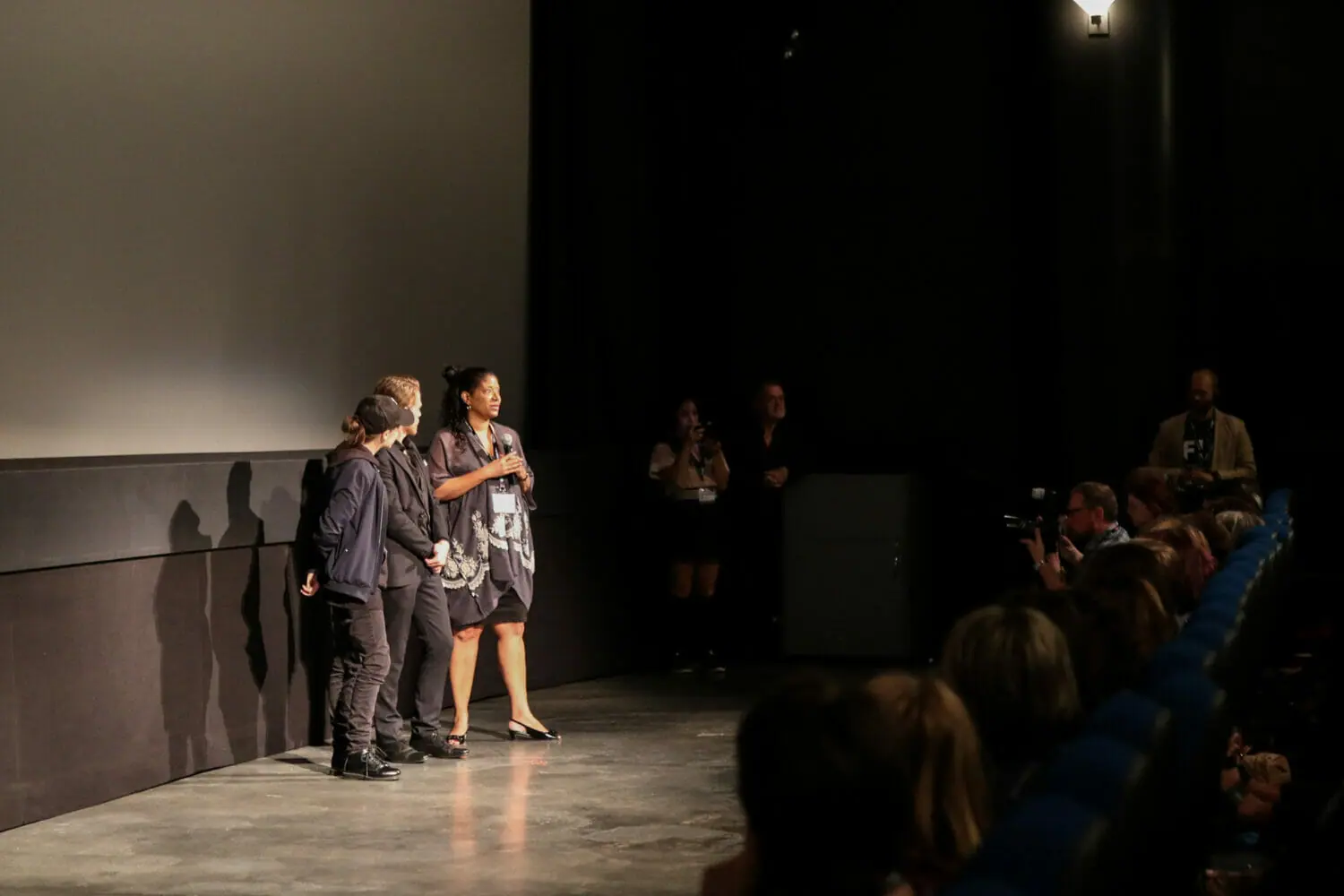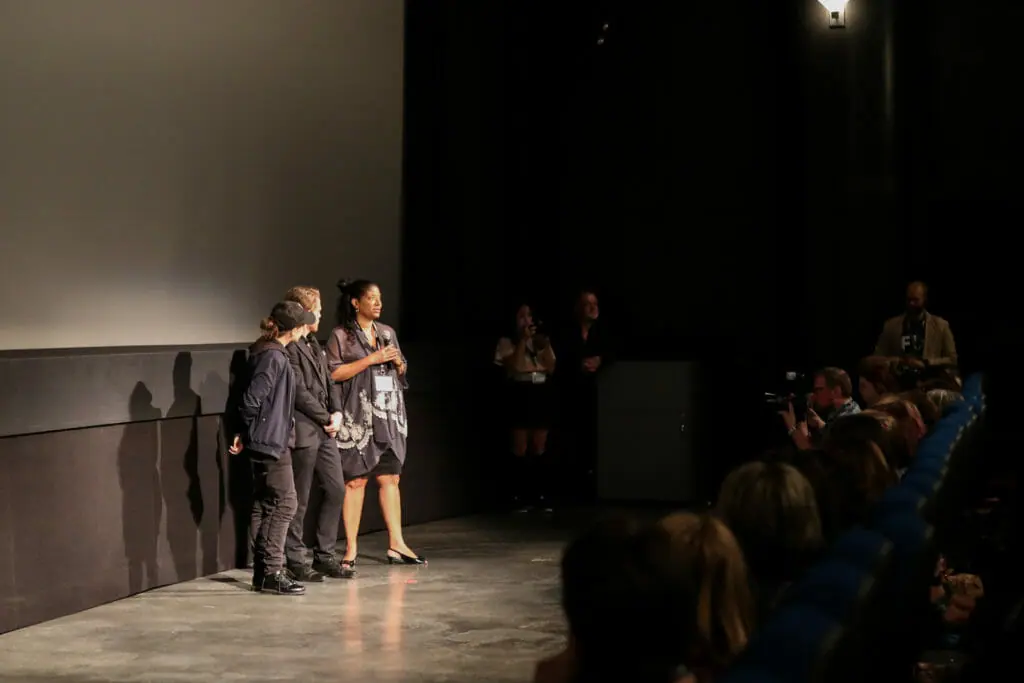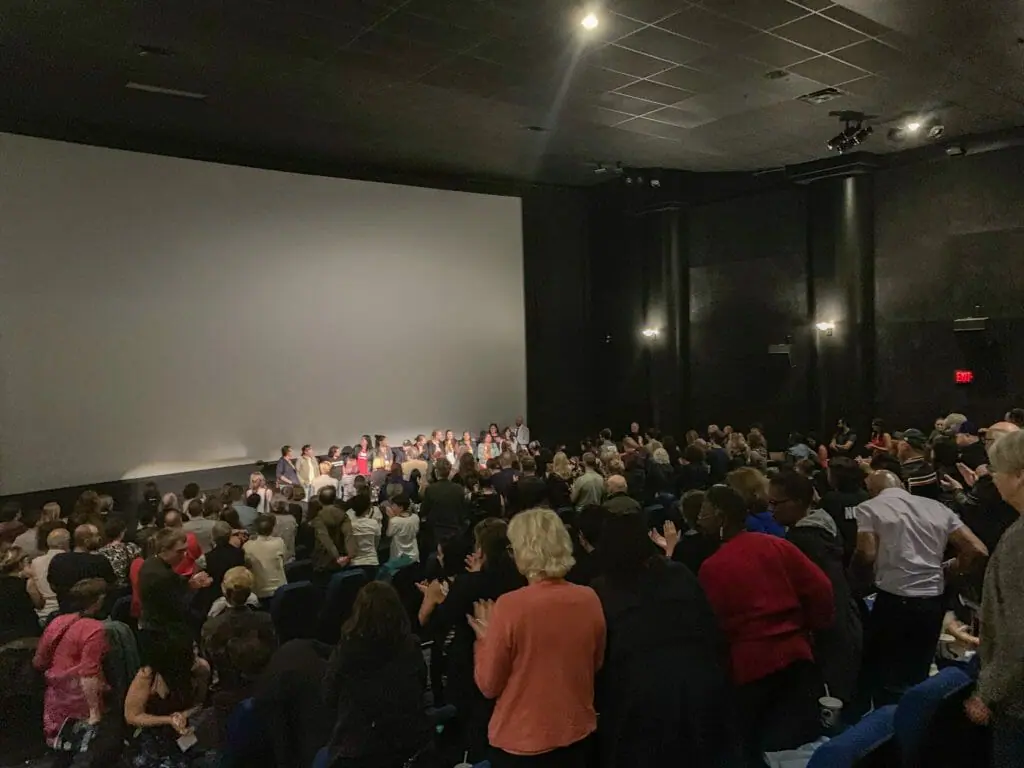On Sept. 8, a harrowing new documentary about environmental racism premiered at the Toronto International Film Festival. Titled There’s Something in the Water, the film follows activists in Nova Scotia fighting for the health of their communities.
The film is directed by Halifax born-and-raised actor Elliot Page and fellow filmmaker Ian Daniel. The film received its name and inspiration from a book by Dalhousie University professor Ingrid Waldron, who also served as a producer on the film.
In
her book, Waldron defines environmental racism as “environmental
policies, practices, or directives that disproportionately disadvantage
individuals, groups, or communities (intentionally or unintentionally)
based on race or colour.” The book describes cases of environmental
racism in Black and Indigenous communities in Canada. Three of those
communities are featured in the film.
“Renegade filmmaking”
Waldron says the whole process of making the film started with one tweet. Late last year, Page posted a picture of Waldron’s book on Twitter, and in the caption, encouraged her followers to read it. Waldron reached out to Page on Twitter to thank her for sharing the book. Page then told Waldron she was interested in helping her get the message out about environmental racism in Nova Scotia.
Only a few months later, in April of 2019, Page and Daniel came to Nova Scotia with two cameras for a six-day shoot. They interviewed Waldron and several community activists.
Waldron says during filming, neither she nor the directors were even thinking about making a feature-length film. Waldron says they were initially planning to make short videos to post on Twitter for Page to share
Shortly after the shoot, while Page and Daniel were still in Halifax, they showed Waldron the footage they got. Waldron says even this initial footage was “really powerful.”
“I said it would be a shame if we just put it out on Twitter,” Waldron says. “I think we need to do these women [in the film] justice … I think something much more sophisticated needs to be done.”
Waldron says it was then that she, Page and Daniel decided to make the footage into a feature film and submit it to film festivals.
Waldron describes how Daniel was then “in a bit of a race” to get the film together for the June deadline to submit to TIFF. But Waldron says they were able to submit a rough version of the film and still get accepted to the festival.
“This was really renegade filmmaking,” says Waldron. “The film was only completed one week before we premiered it at TIFF.”
The film was also shown at the Atlantic International Film Festival on Sept. 14, with Page, Daniel, Waldron and many of the activists featured in the film appearing for the screening.
Connecting with communities
The film follows Page and Daniel as they visit different towns and speak with local activists. All the activists in the film are women. The first town featured
In the film, Delisle describes how in 1949, a landfill was set up in the south end of Shelburne where the predominately Black community lives. Although the landfill is now closed, Delisle recalls how many residents in the area have suffered from cancer in the past decades – allegedly because of the water pollution due to the landfill.
Page and Daniel also speak with Michelle Francis-Denny, an activist and resident of Pictou-Landing First Nation. In 1967, a pulp mill was constructed near Francis-Denny’s community. The liquid waste from the factory has been pouring into A’s
Finally, the film looks at a group of Mi’kmaq women called the “grassroots grandmothers.” These women are trying to protect the Shubenacadie River from the Alton Gas project. The gas company is planning to store fossil fuels in salt caverns under the river. This process will result in the company releasing a large amount of brine (highly concentrated
Taking action
Waldron has a long list of what she hopes this film will accomplish.
“I want to use this film as a way to raise awareness and create the conditions for which people might want to act,” says Waldron. She adds that the best way to do this is through film rather than writing, as she feels many people will not want to read her almost 200-page book to learn about environmental racism.
Waldron says another goal of the film is to “amplify the voices” of the activists who are featured in it.
Most of all, Waldron says she hopes members of the federal and provincial governments see the film because “they are ones that are responsible for making legislation.”
She does add, however, that the public does not need to rely on
Overall, Waldron says she is surprised and happy with
“This film made people feel. It made them feel angry. It made them feel sympathetic […] it made them feel guilty,” says Waldron. “When you make people feel, then they’re more likely to act.”




Recent Comments